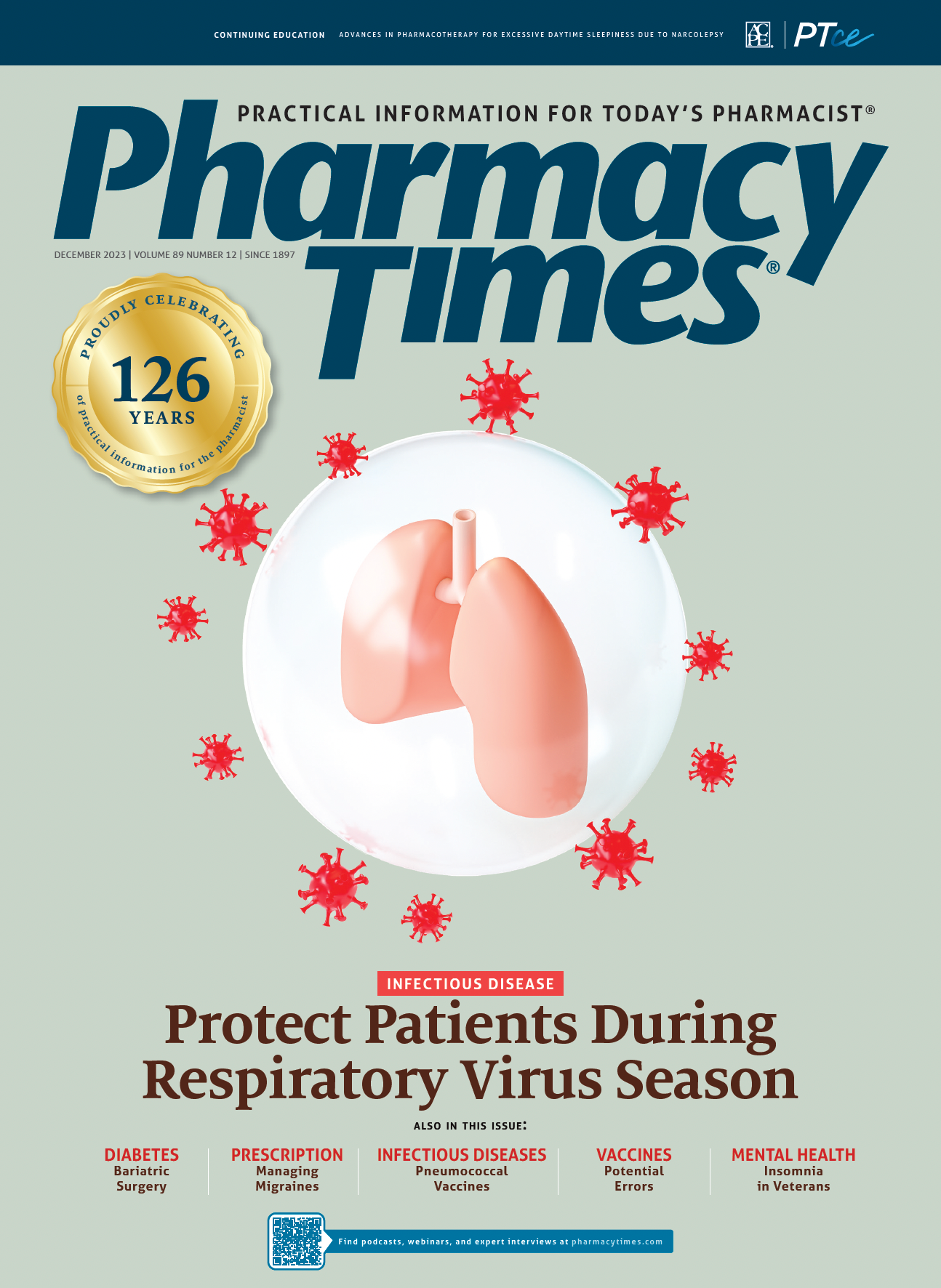Publication
Article
Pharmacy Times
Technicians Can Help With Sterile Compounding
Amid pharmacy strikes and ongoing challenges, technicians can identify new opportunities for growth
A single glance at the news shows worker strikes in large chain pharmacies. For the most part, these strikes are pharmacist driven to spread awareness of poor working conditions, which go hand in hand with patient safety concerns. Because of these ongoing actions, it seems like the climate of the working environment has reached an uncomfortable level for the pharmacy technician workforce.
Image credit: Seventyfour | stock.adobe.com

Although such actions are important in raising awareness and hopefully improving conditions, the state of health care and pharmacy have some silver linings. Through teaching and our work with patients as well as our involvement with the American Association of Pharmacy Technicians, we have found that most pharmacy technicians are highly satisfied in their careers.
The clean room environment can be very rewarding for pharmacy technicians. These technicians perform sterile compounding tasks using aseptic techniques and following the guidelines of United States Pharmacopoeia (USP) <797> and their workplace standard operating procedures.
A typical shift in the clean room environment does have some notable differences from other technician roles. Upon arrival, technicians in the clean room change into scrubs before checking inventory. Compounding pharmacy technicians check the pass-through and storage areas for any low supplies and reorder and restock supplies as needed. Importantly, restocking involves wiping down products to remove dust and debris, and this may need to be done multiple times per day, depending on the workload.
Before compounding, technicians must garb appropriately per USP <797> guidelines. This includes multiple steps, including handwashing, and must be done in the correct order. Next, technicians check the queue in the pharmacy compounding software system. Before the compounding process itself begins, compounding hoods and other high-touch areas are cleaned. Just as with all tasks in the clean room, there are specific steps to be followed and products to be used when cleaning.
After proper donning and cleaning procedures are completed, technicians work together to compound products that are due the soonest, cart-fill doses needed for later in the day, and immediate doses that are needed as soon as possible. Batching medication is also performed when the same product and dose are compounded in bulk, and multiple batches for different products are compounded throughout the shift. Total parenteral nutrition is also prepared or mixed for patients. In particular, compounders must stay on top of doses needed immediately.
A typical shift is constantly busy. At the end of the shift, daily cleaning of the designated areas occurs and technicians document the cleaning procedures, temperature, pressure, and humidity of the clean room suite.
The benefits of this work environment are significant. Learning new compounds and processes, working in a more focused environment, and being a vital member of the patients’ teams is rewarding. Technicians have also reported that they feel motivated to provide the best possible patient care, and working in a dynamic environment offers wonderful new opportunities for career growth.
As pharmacists continue to strike and urge the public and policy makers to address key workplace concerns, it is also important to continue discussing the benefits of a career as a pharmacy technician. Working as a compounding technician is one example of such a career.
About the Author
Michelle Porter, CPHT-ADV, is an investigational drug service technician specialist at Moses H. Cone Hospital in Greensboro, North Carolina.
Judy Neville, CPHT, CSPT, is AAPT executive officer at the American Association of Pharmacy Technicians.






